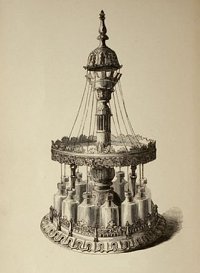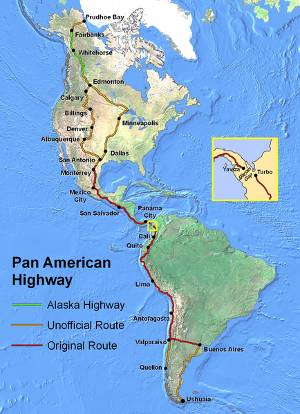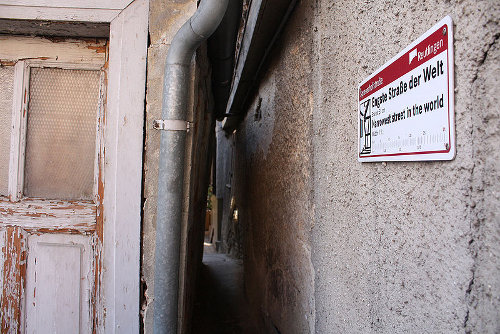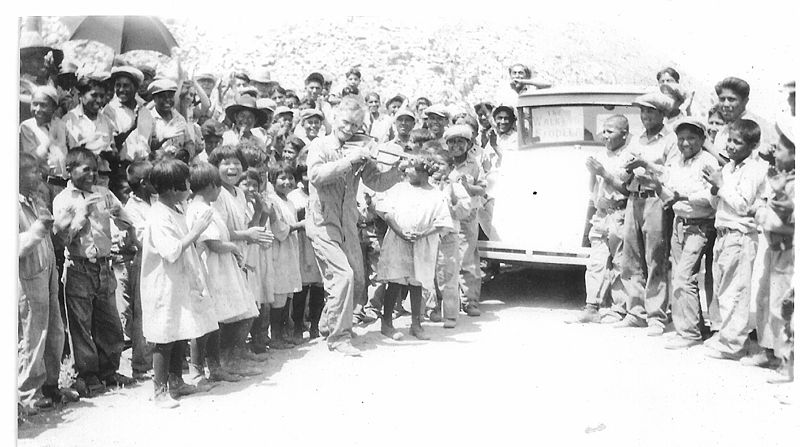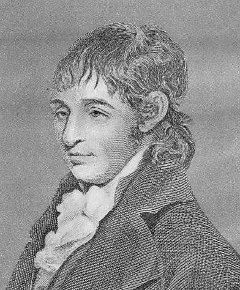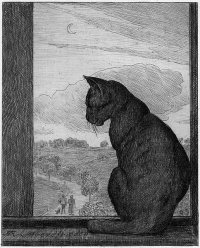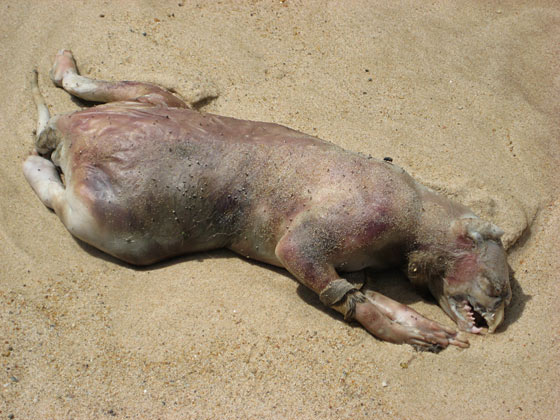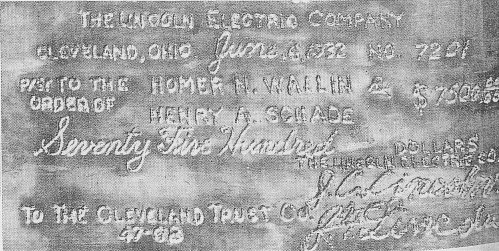
In 1932 the Lincoln Electric Company held an essay contest on the virtues of arc welding. The top three entrants received “what are believed to be the most unusual check ever issued”:
These checks, for $7500, $3500 and $1500 respectively, were ‘written’ on 1/8-inch sheet steel. Each check was 24 inches long and 10 inches wide. All information including date, amount, payee and name of bank was arc welded, welding operators in the Lincoln plant relieving the treasurer’s office of this detail.
The company president, J.C. Lincoln, signed each check by arc welding, and the prize winners endorsed them the same way. “When the panels of steel are presented to banks and paid, they will be returned to the bank of issue, where guards will cancel them with the aid of a submachine gun.”
(Steel, June 13, 1932)

